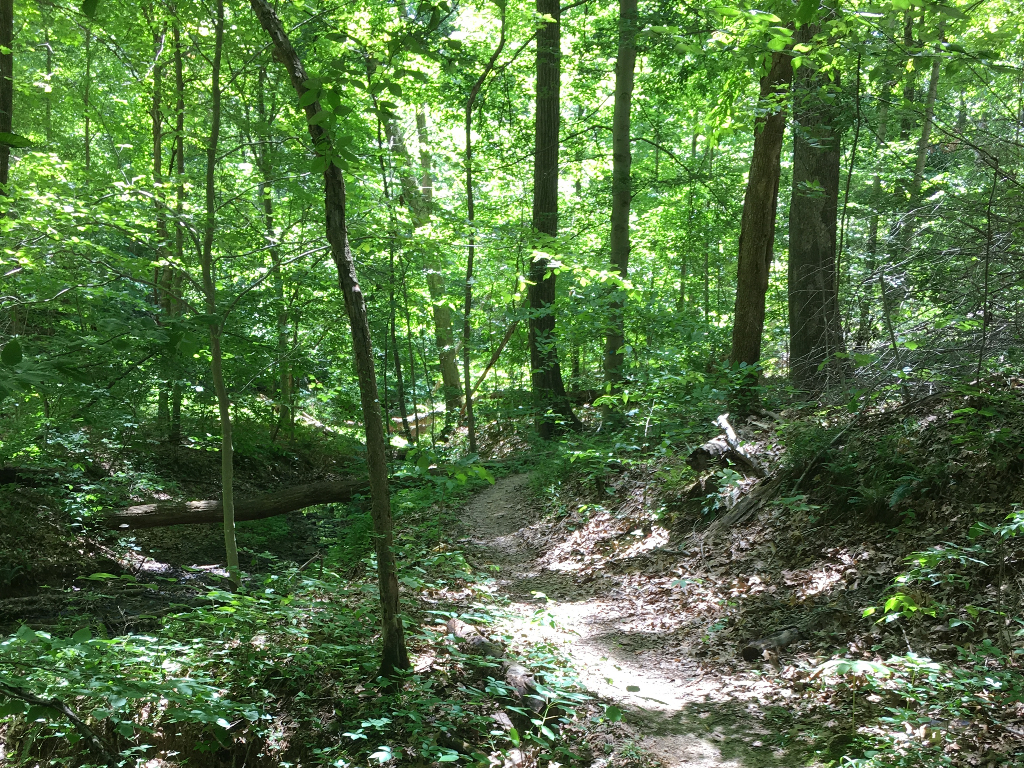The Problem
Forests perform many functions, perhaps none more critical than retaining nutrients and exchanging greenhouse gases with the atmosphere. As such, changing forest composition has the potential to affect both air and water quality and feedbacks to the climate system. However, researchers do not yet know whether those changes will be positive or negative for life on the planet.



